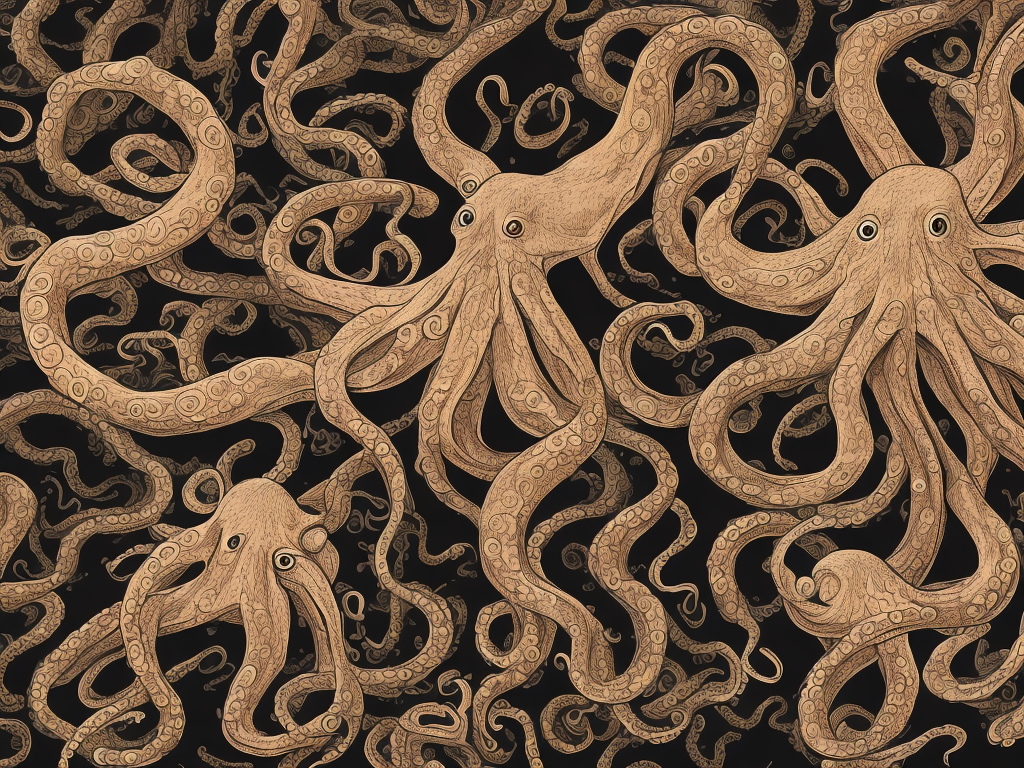
An octopus has three hearts. The main heart pumps blood around the body while the other two pump blood to the gills. The three hearts are arranged in a row, with the two branchial hearts located just behind the main heart.
The main heart is responsible for pumping oxygenated blood around the body, while the two branchial hearts pump deoxygenated blood to the gills. This allows the octopus to extract oxygen from the water and transport it around its body.
The three hearts are connected by a series of vessels, allowing the octopus to control the flow of blood between them. The octopus is able to adjust the flow of blood to its different organs, depending on its activity level and the oxygen levels in the water.
The octopus’s hearts are also capable of beating independently of each other, allowing it to maintain a steady flow of blood regardless of its movements. This allows the octopus to move quickly and efficiently through the water.
In addition to its three hearts, the octopus also has a closed circulatory system. This system helps to maintain a constant blood pressure throughout the body, allowing the octopus to remain active even in deep water.
Overall, an octopus has three hearts and a closed circulatory system, allowing it to extract oxygen from the water and move quickly and efficiently.
 Self-Instruct
Self-Instruct